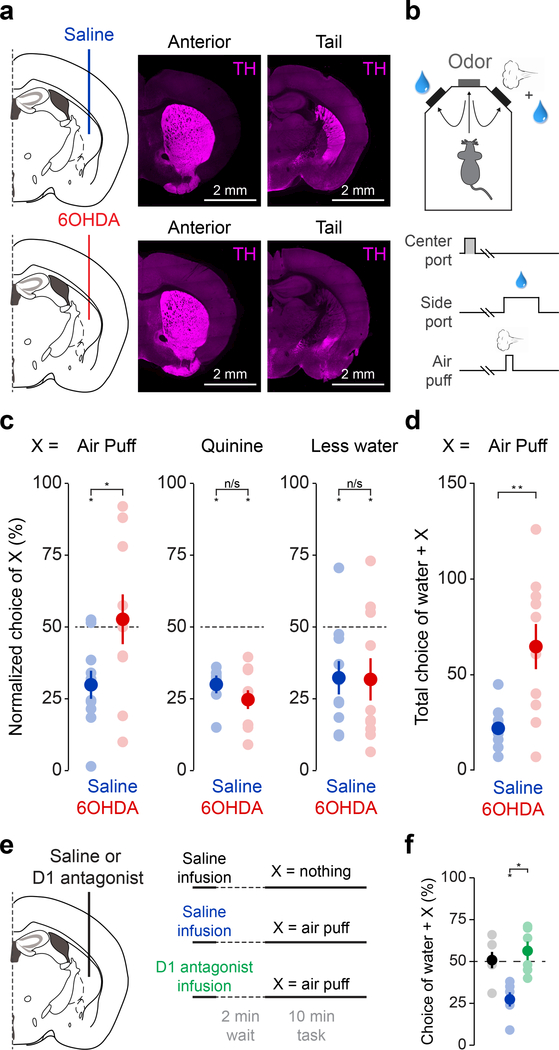Figure 4. Ablation of TS-projecting dopamine neurons eliminates choice bias against a threatening stimulus.
(a) Schematic of ablation of TS-projecting dopamine neurons and examples of the effect of saline (top) or 6-OHDA (bottom) on dopamine axons in TS (“Tail”), but not more anterior striatum (“Anterior”). Axons labeled with anti-TH antibody (magenta). (b) Experimental design. (c) Normalized choice bias (mean ± s.e.m. across n = 10 animals per group) for air puff, quinine, and the reduction of water in saline (blue; air puff: t = −4.13, p = 0.0026, n = 10 animals per group; quinine: t = −10.34, p = 0.0000027, n = 10 animals per group; water reduction: t = −3.045, p = 0.014, n = 10 animals per group) and 6-OHDA (red; air puff: t = 0.31, p = 0.77, n = 10 animals per group; quinine: t = −7.78, p = 0.0000028, n = 10 animals per group; water reduction: t = −2.48, p = 0.035, n = 10 animals per group) animals. Solid dots indicate mean and transparent dots indicate each animal. For Saline × 6-OHDA: air puff: t = 2.59, p = 0.0034, n = 10 animals per group; quinine: t = 1.40, p = 0.18, n = 10 animals per group; water reduction: t = 0.059, p = 0.95, n = 10 animals per group. (d) Total number of “incorrect” choices (mean ± s.e.m. across n = 10 animals per group) of water + air puff in saline (blue) and 6-OHDA (red) animals in a session (Saline × 6-OHDA: t = 2.29, p = 0.0341, n = 10 animals per group). Solid dots indicate mean and transparent dots indicate each animal. (e) Schematic of D1 antagonist application. (f) Choice bias (mean ± s.e.m. across 6 animals) for air puff following acute application of saline (blue) or D1 antagonist (green). Saline × D1 antagonist: t = 4.44, p = 0.0068, n = 6 animals, paired t-test. Solid dots indicate mean and transparent dots indicate average across sessions for each animal. * P < 0.05 two-sided t-test, ** P < 0.005, two-sided t-test.

